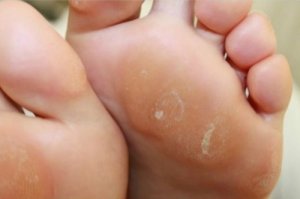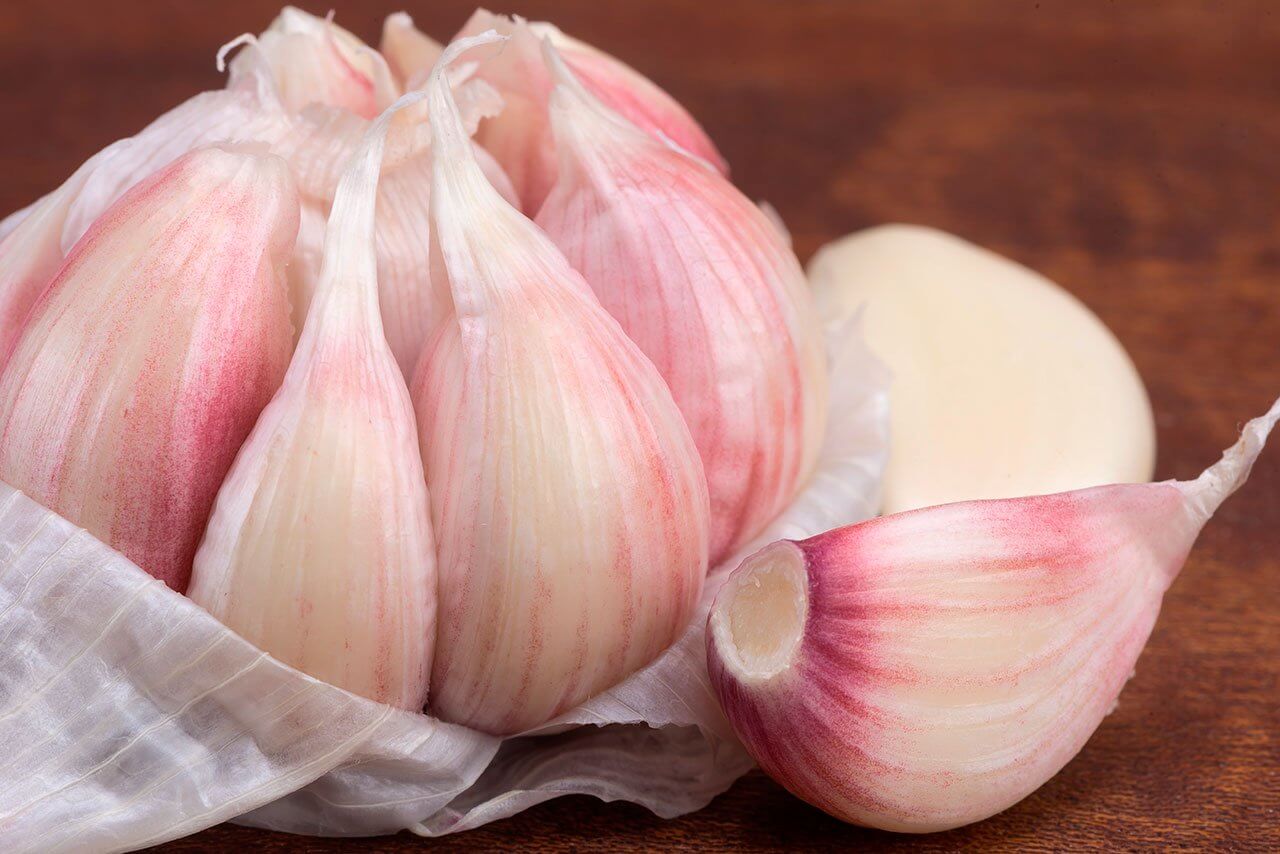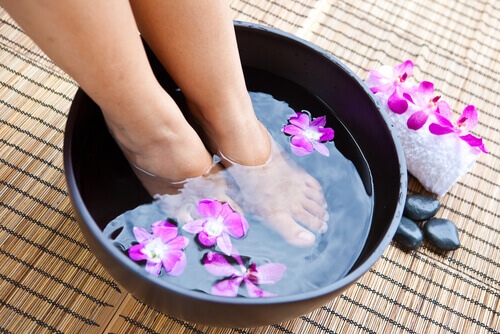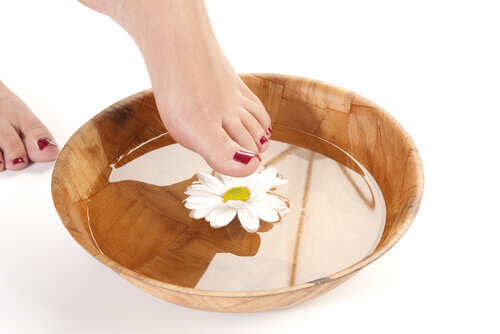4 Home Remedies to Treat Calluses


Reviewed and approved by Doctor Carlos Fabián Avila
The body knows that when this is happening, the epidermis is at risk and can suffer painful blisters. This risk is why our body decides to thicken the area where it experiences a lot of friction.
Though the natural reaction is unsightly, it certainly gets the job done. However, there’s always a limit– even for callousness. In fact, calluses can even bleed and become as painful as the rubbing that it tries to prevent.
There are several types of therapies, but as per usual, we prefer the home remedies. By using home remedies, we have the advantage of being familiar with the components that we are using.
This protects us from unwanted surprises or less than desirable side-effects. Also, when we choose the components for these kinds of alternatives, we can choose from the best.
However, to prevent calluses from even forming, we suggest that you adjust your shoes and that you use gloves if the tools you use bother your skin.
Properly fitting shoes and gloves are both fundamental for saying goodbye to calluses.
Home remedies to treat calluses
1. Garlic juice

The benefits of garlic are endless. For calluses, we use its anti-inflammatory, healing and antiseptic properties for treatment.
Ingredients
- 1 garlic clove
- 1 teaspoon of olive oil (5 g)
Preparation and application
- Chop the garlic into 4 pieces.
- Put them in a mortar and smash them.
- Add the oil to form a paste.
- Spread the mixture over the affected area and after, cover it to protect it.
Visit this article: The Benefits of Black Garlic
2. Leek and vinegar

Besides being a great food for keeping fit, the leek’s high levels of vitamin C makes it a great ally for our skin.
Wine vinegar is a wonderful disinfectant, which is what makes it a perfect match for the leek.
Ingredients
- 1 cup of wine vinegar (200 ml)
- ½ leek
Utensils
- Rubber spatula
Preparation and application
- Pour the vinegar into a cup and peel apart the leek.
- Put the leek in the vinegar and leave it to soak for 24 hours.
- Use the leek leaves to swab the affected area in order to soften the callus little by little.
- Use the spatula gently: keep in mind that the mixture softens up the hardness of the callus effortlessly and painlessly.
- Don’t forget to cover it up after to prevent infections.
3. Chamomile soak

Just as we’ve seen with the garlic, chamomile is a great anti-inflammatory for calluses, especially because it also works as an anesthetic. If you’re sensitive to pain, this is the remedy for you.
Ingredients
- 12 cups of water (3 liters)
- 2 cups of chamomile flowers or 12 tea bags (120 g)
Utensils
- Bucket to soak feet
Note: These measurements are for foot calluses. If your callus is elsewhere, you can adjust the quantities of the ingredients.
Preparation and application
- Heat the water with the tea bags or the chamomile flowers.
- When the infusion is ready, take out the teabags or strain the flowers.
- Pour the resulting liquid into the bucket and soak your feet: it should be hot, but it shouldn’t burn.
- When the water cools, you can take out your feet.
- Repeat process for several days until the calluses disappear.
If you plan to use the soak for your hands or for another part of your body, you can use gauze to help cover it.
4. Marigold petals

Marigolds don’t only hydrate and soften skin, but the also have anti-inflammatory and healing properties.
This mixture is also effective for treating acne or other skin blemishes, so we’ll give you the quantities to prepare a nice, big batch.
Ingredients
- 3 cups of olive oil (600 g)
- 1 cup of marigold flowers (60 g)
- 3 tablespoons of beeswax (45 g)
Utensils
- Filter
- Glass jar
Preparation and application
- Soak the marigold petals in the oil for 40 days.
- After 40 days, strain the flowers and heat the oil in a double boiler.
- When it’s hot, add the beeswax and continue heating until it dissolves.
- After, quickly put the mixture into a glass jar, or several , so it doesn’t solidify.
- Let cool.
- Apply cream to gently treat the calluses.
These home remedies are completely natural. Unless you have an allergy to any of the mentioned ingredients, you won’t suffer any side-effects using these ideas.
In fact, their benefits will improve your skin health. Do any tickle your fancy?
All cited sources were thoroughly reviewed by our team to ensure their quality, reliability, currency, and validity. The bibliography of this article was considered reliable and of academic or scientific accuracy.
- Grice, E. A., & Segre, J. A. (2011). The skin microbiome. Nature Reviews Microbiology. https://doi.org/10.1038/nrmicro2537
- González, S., Fernández-Lorente, M., & Gilaberte-Calzada, Y. (2008). The latest on skin photoprotection. Clinics in Dermatology. https://doi.org/10.1016/j.clindermatol.2007.09.010
- Efstratiou, E., Hussain, A. I., Nigam, P. S., Moore, J. E., Ayub, M. A., & Rao, J. R. (2012). Antimicrobial activity of Calendula officinalis petal extracts against fungi, as well as Gram-negative and Gram-positive clinical pathogens. Complementary Therapies in Clinical Practice. https://doi.org/10.1016/j.ctcp.2012.02.003
This text is provided for informational purposes only and does not replace consultation with a professional. If in doubt, consult your specialist.








